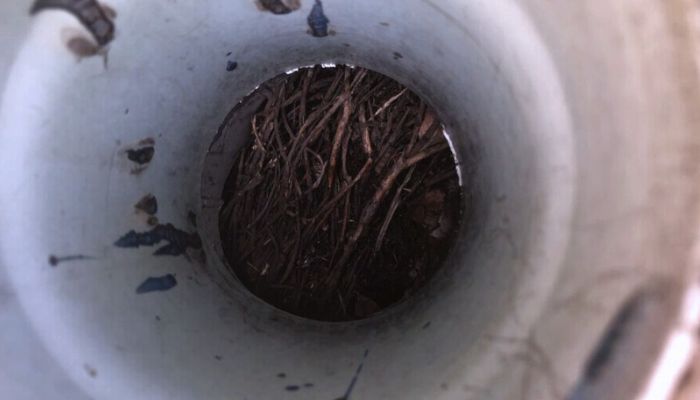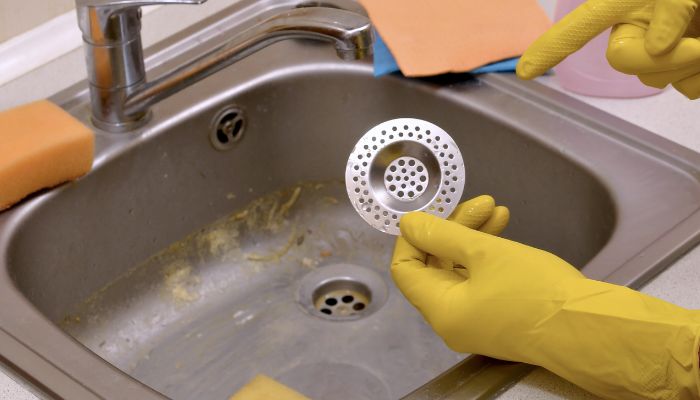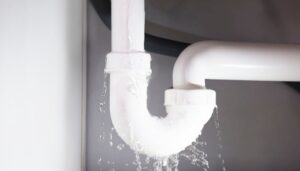Everyday life and plumbing challenges weave together to form a tapestry of household mechanics. At the heart of this delicate dance lie blocked drains, the result of various culprits that gradually weave their way into the plumbing labyrinth. Embark with us on an exploration of the top 10 common causes that contribute to these plumbing predicaments, each a vignette in the larger narrative of household maintenance.
Hair: The Tangled Menace
The first protagonist to emerge is none other than hair – those seemingly innocuous strands that amass over time. Their propensity to combine with soap and other debris gives birth to stubborn clogs, slowing the passage of water and lending an unwelcome narrative to the daily shower routine.
Grease and Fats
In the culinary corner of household mishaps, grease and fats claim their role. Initially fluid, they solidify within pipes, enticing bits of food to join the congealed conglomerate. The result? A dam-like structure that hampers water flow and triggers plumbing symphonies of the wrong kind.
Soap Scum
The aftermath of every cleansing ritual presents another antagonist: soap scum. This residue accumulates over time, adhering to pipe interiors and serving as an anchor for passing debris. The once-unseen accumulation transforms into a barrier that water battles to navigate.
Foreign Objects
The household landscape is rife with curious objects that occasionally find their way into drains. From jewelry and toys to cotton swabs, each foreign object inadvertently ventures into the plumbing domain. Though seemingly innocuous, they possess the potential to trigger blockages and disruptions.

Food Particles
A bustling kitchen, laden with culinary creations, also plays host to the drama of food particles. Those morsels that escape into the sink become players in a plumbing narrative. As they combine and accumulate, they set the stage for a culinary conundrum that disrupts the fluidity of daily life.
Toilet Paper Accumulation
In the realm of toiletries, toilet paper assumes an unexpected role. While designed for disposal, its excess can morph into an antagonist. Excessive accumulation, particularly in low-flow toilets, can lead to clogs that interrupt the intended flow.
Tree Roots
Beyond the home’s walls, the world of nature presents its own challenge in the form of tree roots. Drawn by the allure of water, they venture into pipes, causing constrictions and obstructions that mimic a labyrinthine struggle between nature and infrastructure.

Small Objects and Debris
The intricacies of daily life manifest in the form of small objects and debris that inadvertently find their way into drains. Whether via washing dishes or engaging in routine tasks, these particles accumulate over time, culminating in blockages that disrupt water flow.
Corroded Pipes
Over time, the structural integrity of pipes may wane, succumbing to corrosion and decay. This internal degradation creates rough surfaces that invite debris to cling, resulting in diminished water flow and gradual obstruction.
Insufficient Pipe Slope
The very physics that governs water flow can also contribute to blocked drains. Insufficient pipe slope, particularly in horizontal sections, can impede the gravitational pull that facilitates water movement. This challenge is often nuanced and requires expert assessment.
In Conclusion
The causes of blocked drains are as varied as the moments that compose daily life. Hair, grease, soap scum, foreign objects, food particles, toilet paper accumulation, tree roots, small objects and debris, corroded pipes, and pipe slope insufficiencies collectively play their roles in this plumbing narrative. Through awareness, prevention, and proactive maintenance, homeowners can navigate this tapestry of challenges, ensuring the harmonious flow of water and the unhindered rhythm of daily routines.








